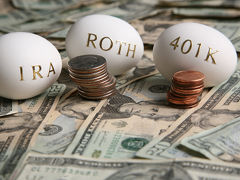
It is surprising how many mutual fund investors I come across who do not have a clear idea of the fees that they are being charged. Some even think that just because they are paying a relatively high fee, then they are in a “quality” fund that is most likely to make the best returns. This is the big myth of the mutual fund market. In fact, expense mutual funds have lagged behind their cheaper counterparts in the last few years in terms of overall performance.
In the fund market, however, unlike when choosing between a Kia or a BMW, price does not necessarily relate to quality. Investing in mutual funds with low fees can be a difficult endevour. Do the figures over, say, a decade, and if you have a decent sum invested then you will be paying out a shockingly large amount on fees.
n the early 80’s fees were actually double what they are today. Thankfully for us, since then the increased competition amongst mutual funds has driven prices down. Low cost ETF’s are now further driving down mutual fund fees, as they struggle to compete with the increasing popularity of this investment instrument.
So when looking for mutual funds with low fees take the following 3 points into account:
1 – To avoid paying the fees of a financial services professional, you need to do-it-yourself. This is not difficult: you just need to establish an account directly with a mutual fund family. It is important that it is a no load family, or you will be forking out big bucks on extra, unnecessary commissions.
2 – The unavoidable management percentage fee varies widely between different mutual funds. The fee structure of the fund can be found in the prospectus of the fund, and should be carefully studied. Large capitalization funds typically have low fees, whilst small and mid-cap, and international funds have larger expense ratios. A broad-based indexed no-load mutual fund should have the lowest expense ratio out of any type of mutual fund.
3 – Look for a fund with a turnover ratio of less than 100 percent. You can find this in the prospectus of the fund. This is the best measure of the transaction costs for making trades.
For more information on mutual funds, go to:
en.wikipedia.org
